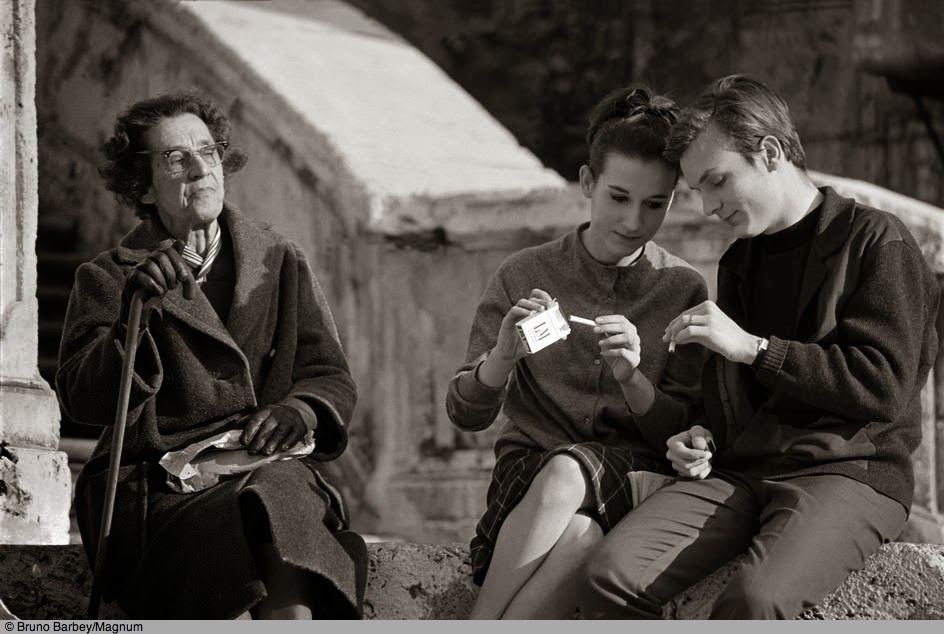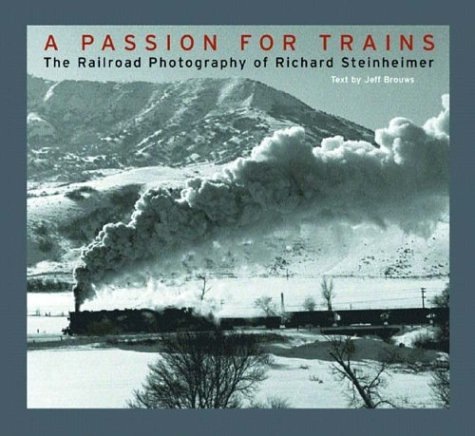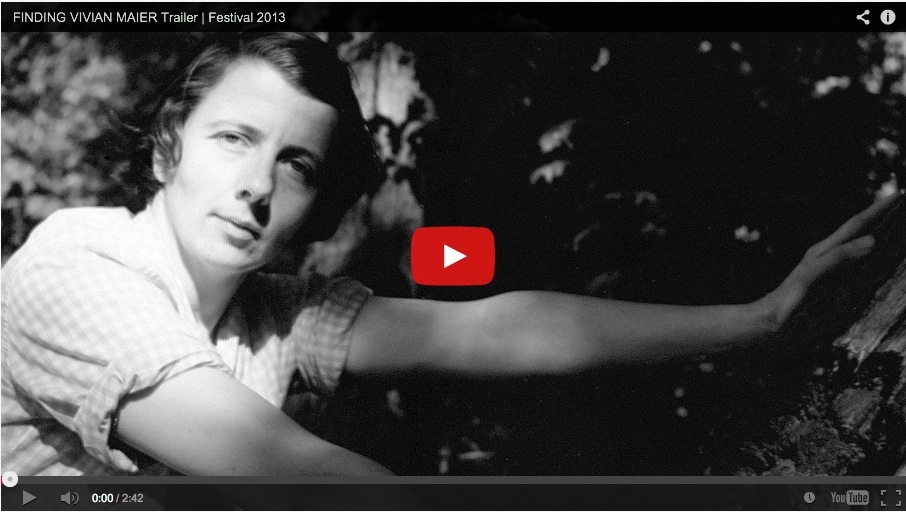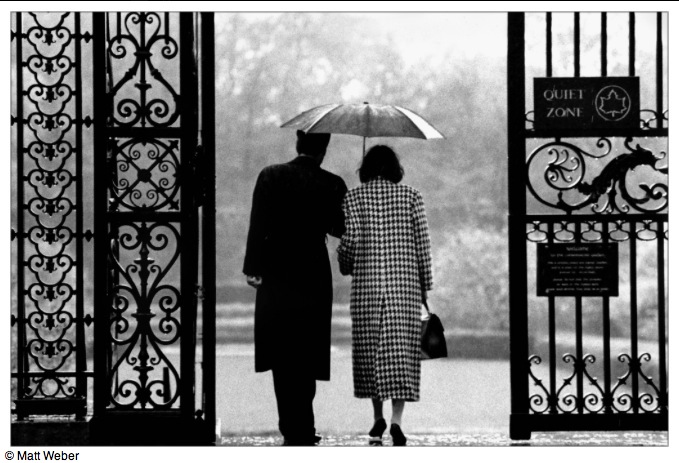All gone.
Robert Doisneau (1912-1994) (pronounced “Dwaano”) is the quintessential Parisian photographer. Where Cartier-Bresson emphasizes composition and the man in the landscape, Doisneau focuses almost exclusively on the people themselves. Doisneau’s intimacy is counterpoint to HC-B’s detachment. Both approaches work in the hands of these masters, but Doisneau’s is uniquely suited to the documentation of Les Halles, the produce market in central Paris which he photographed from 1933 through its demolition in 1971.
As Covent Garden in London and the Fulton Street Fish Market in New York were destroyed to make room for condos and stores that can be found in any other metropolis, so was Les Halles, with its exquisite cast iron frame designed by Baltard, consigned to the scrap heap. Doisneau’s record is priceless and irreplaceable.
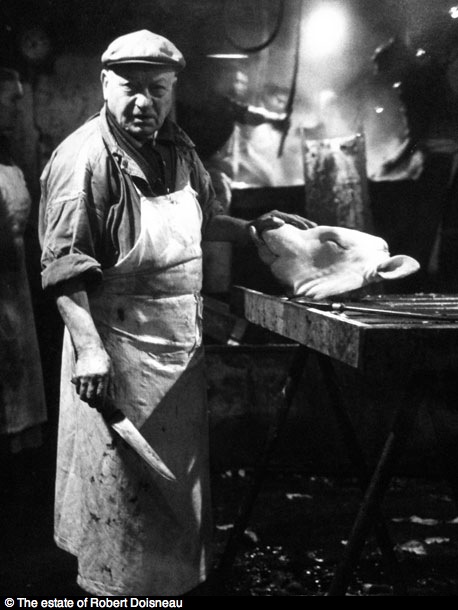
Scalding Room, 1968.
The book contains over 120 images with an interesting prologue documenting the long history of Les Halles, and is highly recommended for all who love warm, involved candid photography. Very much a man of the people, Doisneau was clearly welcomed and loved by the people of Les Halles. There is nothing clandestine here as Doisneau was simply not that kind of phorographer.
Click the image to go to Amazon – I derive no benefit if you do that.
